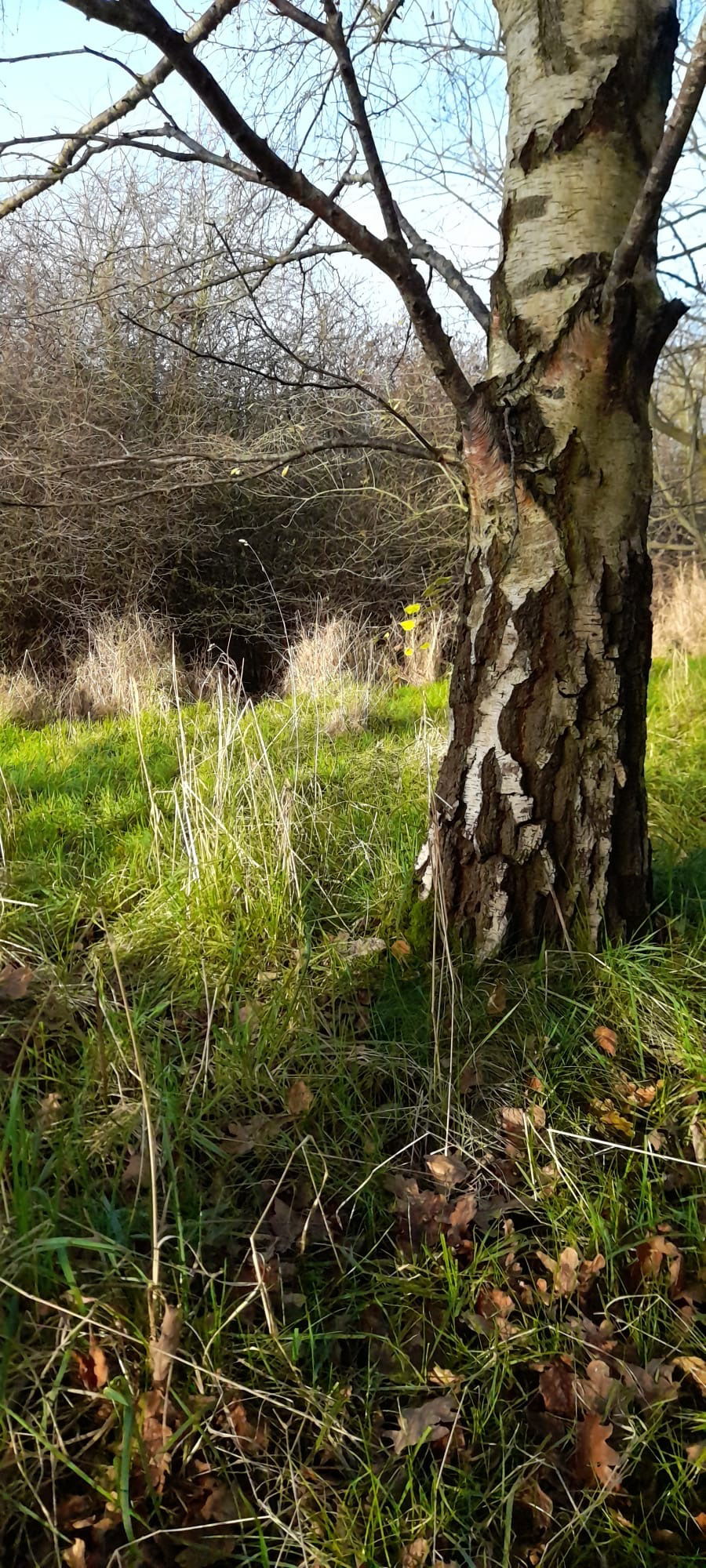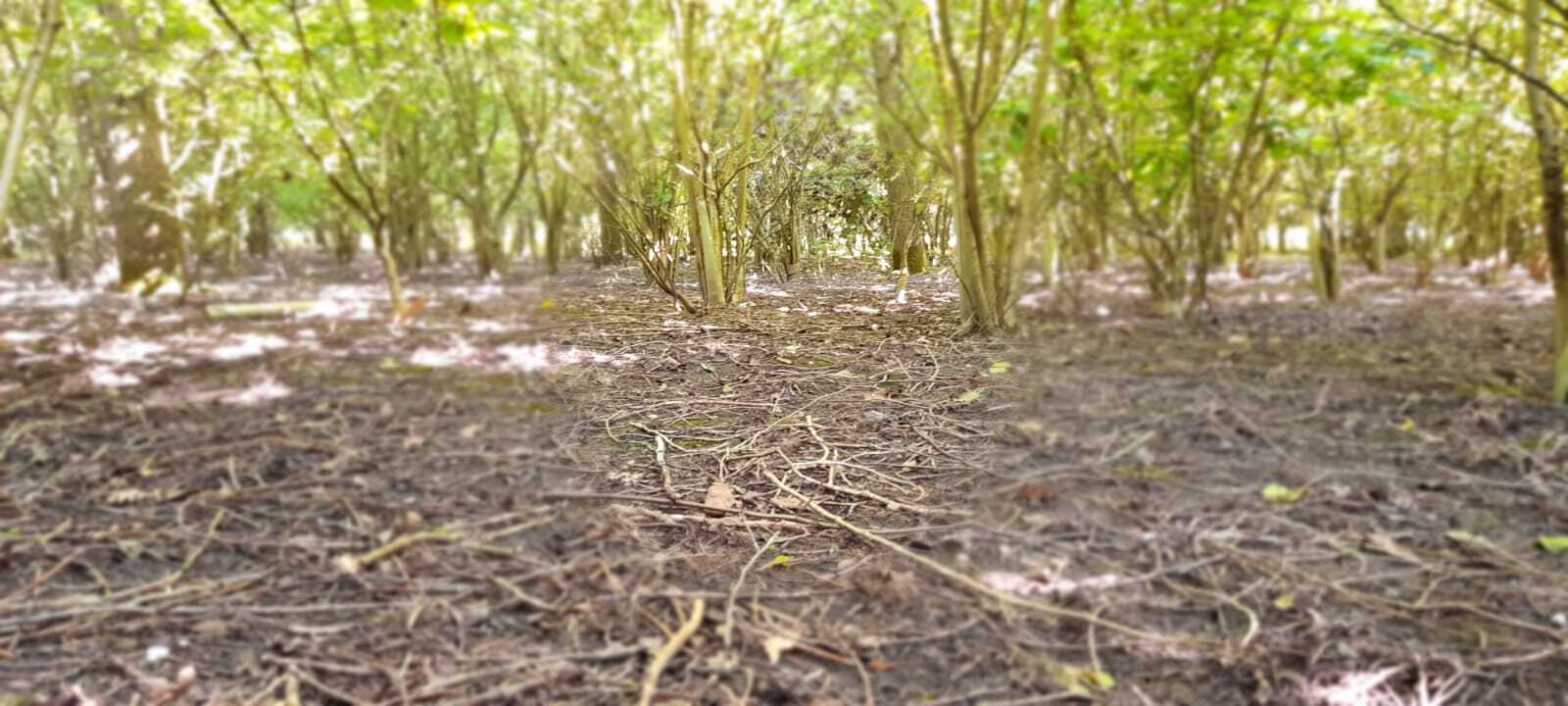Why own woodland?
There are many different reasons people buy woodland.
Some folk buy or rent woodland to use as forest schools, bushcraft clubs, meditation and forest bathing centres.
Some will buy to save the land from development, others will buy it to navigate the planning system and live on the land themselves.
There are people who want to reinvigorate lost crafts such as coppicing and charcoal making and some who want to hunt and gather their own wild food.
There is a growing trend to buy woodland as a 'living inheritance', for children and grandchildren to benefit from time in nature.
And some people simply want to disappear into the wilderness.
A woodland is a wise financial choice too. My original research before buying one showed that it has outperformed all common financial investments, even gold, in terms of compound interest over the last 20 years, averaging 8% growth year on year.
But the truth is, for Dan and me, we longed for years to have a wild space to retreat to, away from the throngs, where we could commune with nature and honour her through careful and sustainable management. A spiritual home away from our urban house and a legacy for future generations.

Because when the trees call your name, it is impossible to resist, as many of you will know.
When it crops up in conversation, many people ask the fated question "What do you do there?"
Our answer is always "Lots"..........
Of course we love just milling about amongst the oak, rowan and cherry (to name a few), and camping there off grid is a fantastic experience. I love to forest bathe and Dan has begun carving green wood art. But management of the ecosystem is the most important task.

A healthy woodland is a managed woodland. Of this fact I have no doubt.
Humans have had interdependent relationships with trees since the beginning of time. We have coppiced for wood products, which in turn provides the diverse and changing habitats needed for natural tree regeneration and specialist insects and mammals. We have pollarded trees for animal fodder and timber, which like coppicing, extends the life of the tree enormously. Trees provide us with shelter, food and income. In return we should provide them with care, respect and long lives.
If we didn't intervene, yes, nature would take over; but it would take tens or possibly hundreds of years. With gentle and thoughtful human intervention, woodlands can better serve the wild world in a shorter space of time. Mimicking the tender touch of the great Mother whilst effecting positive change much sooner.

And sadly due to centuries of neglecting our greenleaved spaces, we humans have caused a lot of the problems woodland owners are now faced with.
As a prime example - in the late 18th century, rhododendron was introduced to the UK as an ornamental plant and to serve as cover for game hunted on large estates. It wasn't until later that we realised how this plant damages native woodlands by drowning out the light and acidifying the soil. This deep shade excludes native species valuable to wildlife and one rhododendron plant can shed hundreds of seeds per year, spreading their plague effectively, degrading the soil as they move effortlessly across the landscape.
Any woodland owner whose site is host to this invasive plant now has a moral and ecological obligation to remove it, which is darn hard work.
Thankfully we don't have any rhododendrons in our tiny woodland, so our woodland work has a different focus - thinning, removing tree guards and coppicing have been prioritised over the first year, as has surveying and formulating a formal management plan for the wood, which is still in progress.
Perhaps most of all, our joint desire is to manage this tiny, young woodland responsibly, for the rest of our mortal lifetimes; to ensure it is a better place, more effective at supporting itself and its inhabitants than when we took it on.
🌳🌳🌳